Entry Type: Event
Brownsville, Scout from (June 27–29, 1864)
Brownsville, Skirmish at (August 25, 1863)
Brownsville, Skirmish at (July 13–14, 1864)
Brushy Island Riots of 1915–1917
Bryson (Lynching of)
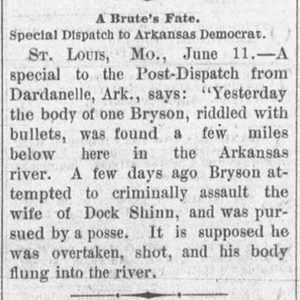 Bryson Lynching Article
Bryson Lynching Article
Buck Horn, Skirmish at
Buckskull, Skirmish at (November 20, 1864)
Buckskull, Skirmishes at (October 1 and 10, 1863)
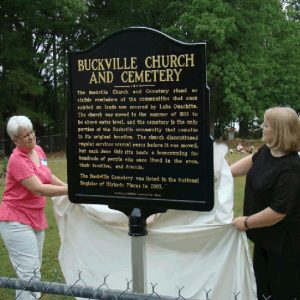 Buckville Cemetery Marker
Buckville Cemetery Marker
Buffalo Mountains, Skirmish at
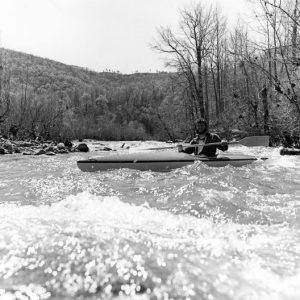 Buffalo River Kayaking
Buffalo River Kayaking
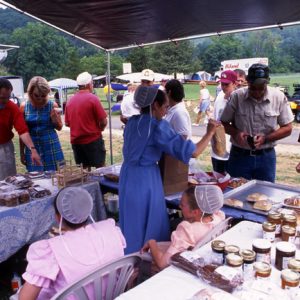 Buffalo River Elk Festival
Buffalo River Elk Festival
Buffalo River Expedition
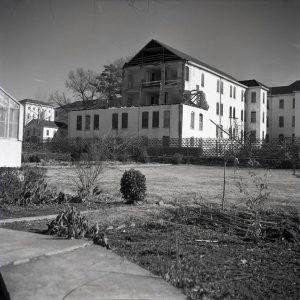 Building Demolition
Building Demolition
Bull Bayou, Skirmish at
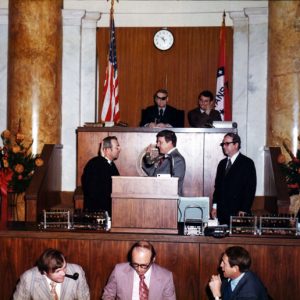 Dale Bumpers Inauguration
Dale Bumpers Inauguration
Burnett Family (Executions of)
Burnett, Henry (Execution of)
Burrow v. Pocahontas School District
Burrowsville, Skirmish at
aka: Skirmish at Tomahawk
Burton-Aikin Feud
Butlerville Lynching of 1882
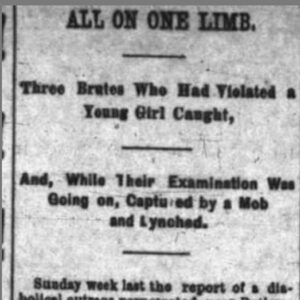 Butlerville Lynching Article
Butlerville Lynching Article
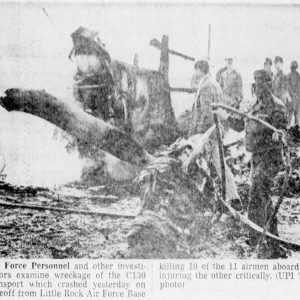 C-130 Crash
C-130 Crash
C-130 Crash of 1970
C-130 Crash of 1971
C. D. Wright Women Writers Conference
 Cabot Bank
Cabot Bank
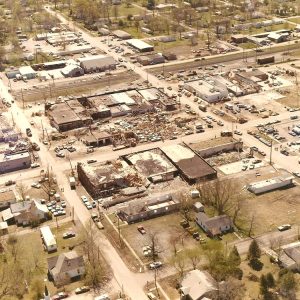 Cabot Tornado Damage
Cabot Tornado Damage
Cabotfest
Cache Bayou, Skirmish at
Cache River Bridge, Skirmish at
Caddo Mill, Skirmish at
 Zallie C. Cadle Lynching Article
Zallie C. Cadle Lynching Article
Cadle, Zallie C. (Lynching of)
Caldwell, Charles (Execution of)
Caldwell, Will, and John Thomas (Lynching of)
aka: John Thomas and Will Caldwell (Lynching of)
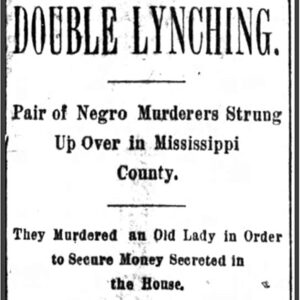 Caldwell and Thomas Lynching Article
Caldwell and Thomas Lynching Article
California Gold Rush, Effect of the
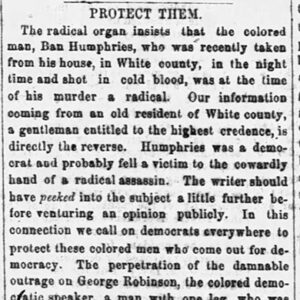 Call for Protection
Call for Protection
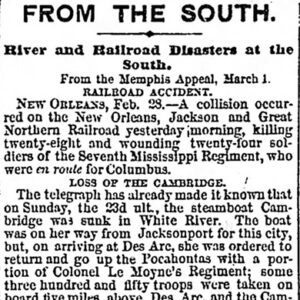 Cambridge Steamboat Article
Cambridge Steamboat Article
Camden Daffodil Festival
Camden Expedition
Camden, Skirmish at (April 15, 1864)
 Camp Jesse Turner Parade
Camp Jesse Turner Parade
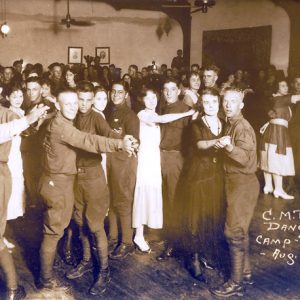 Camp Pike Dance
Camp Pike Dance
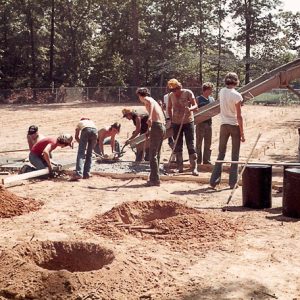 Camp Nelson Restoration
Camp Nelson Restoration
 Camp Nelson Rededication
Camp Nelson Rededication




